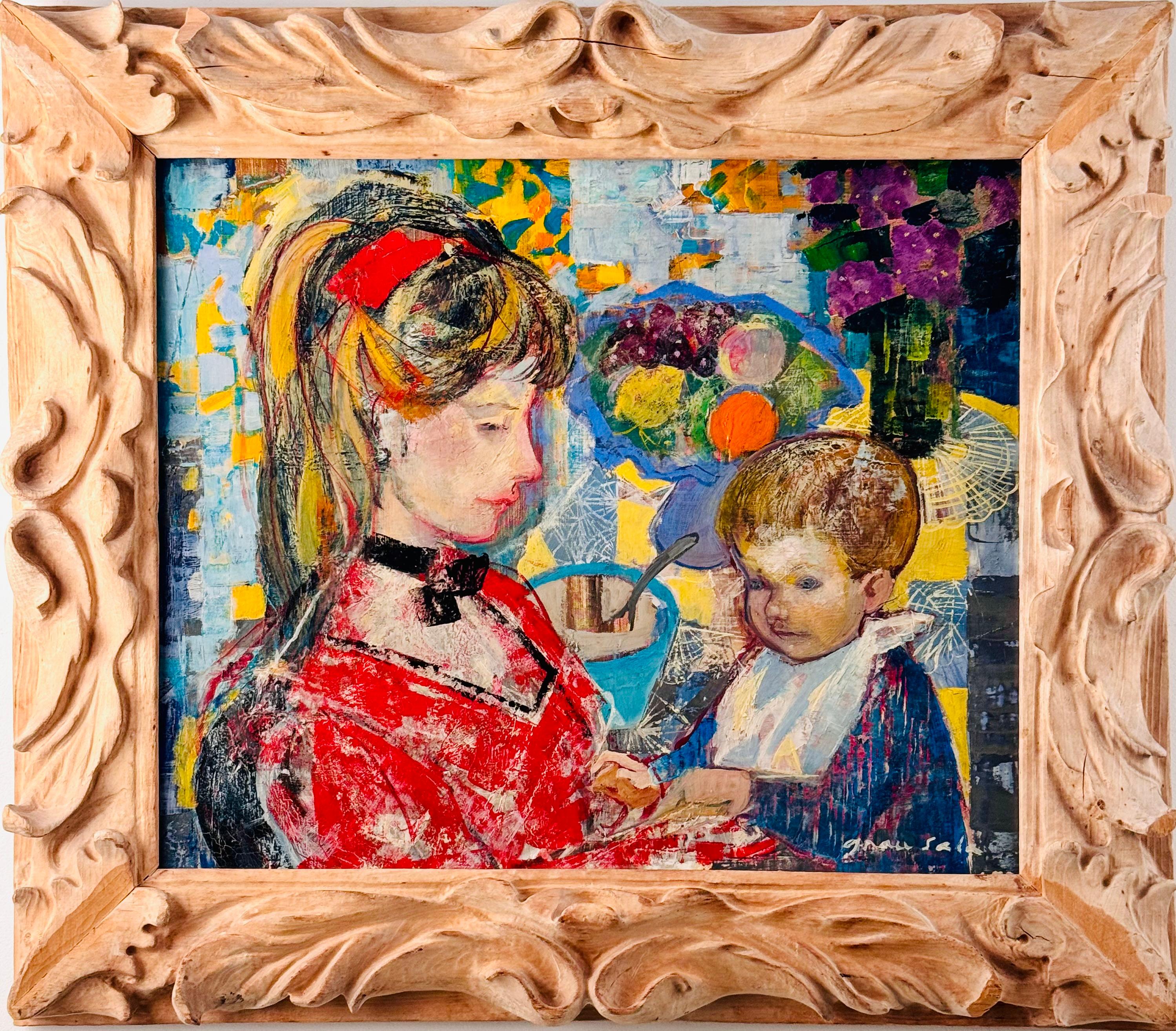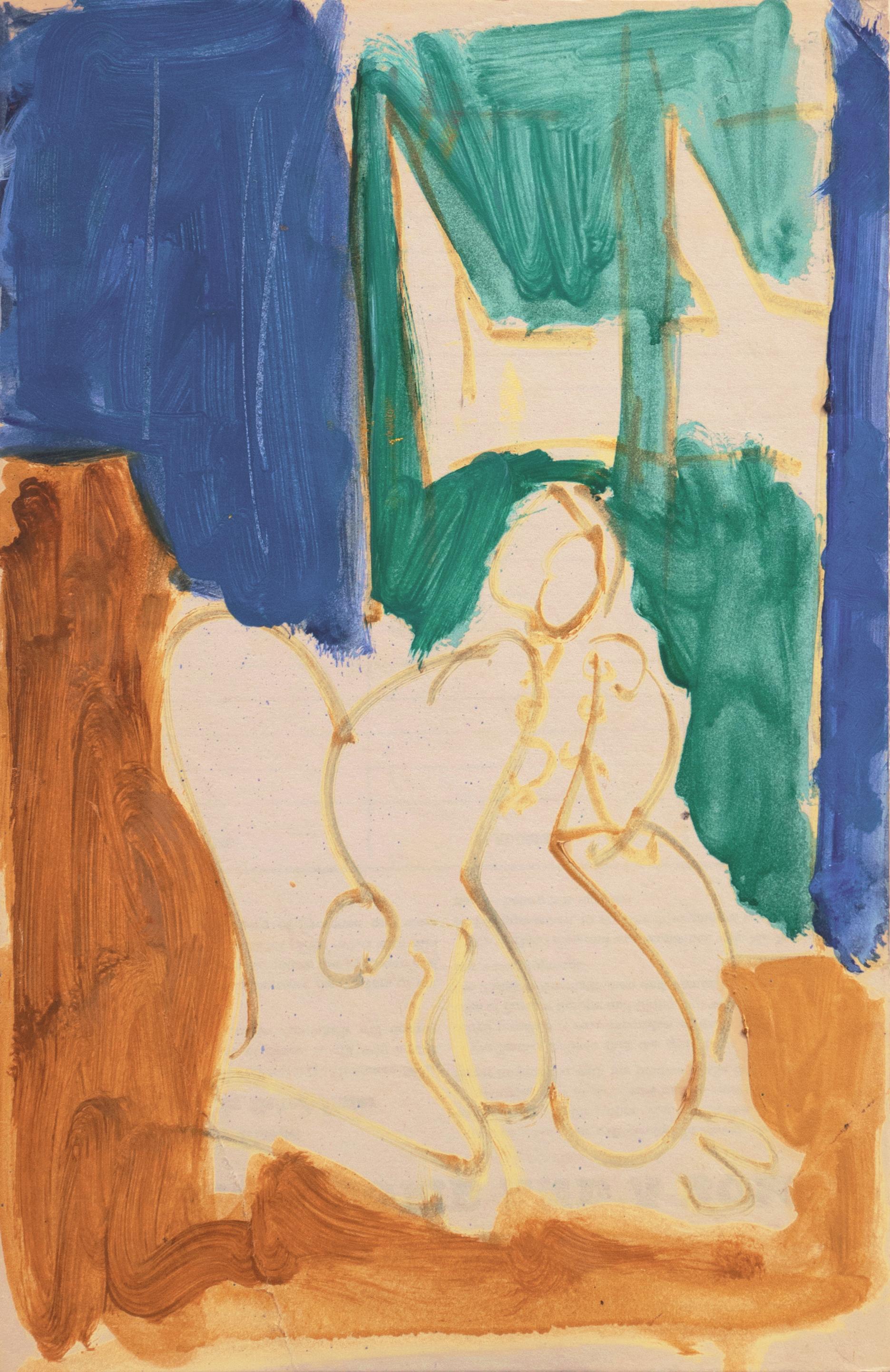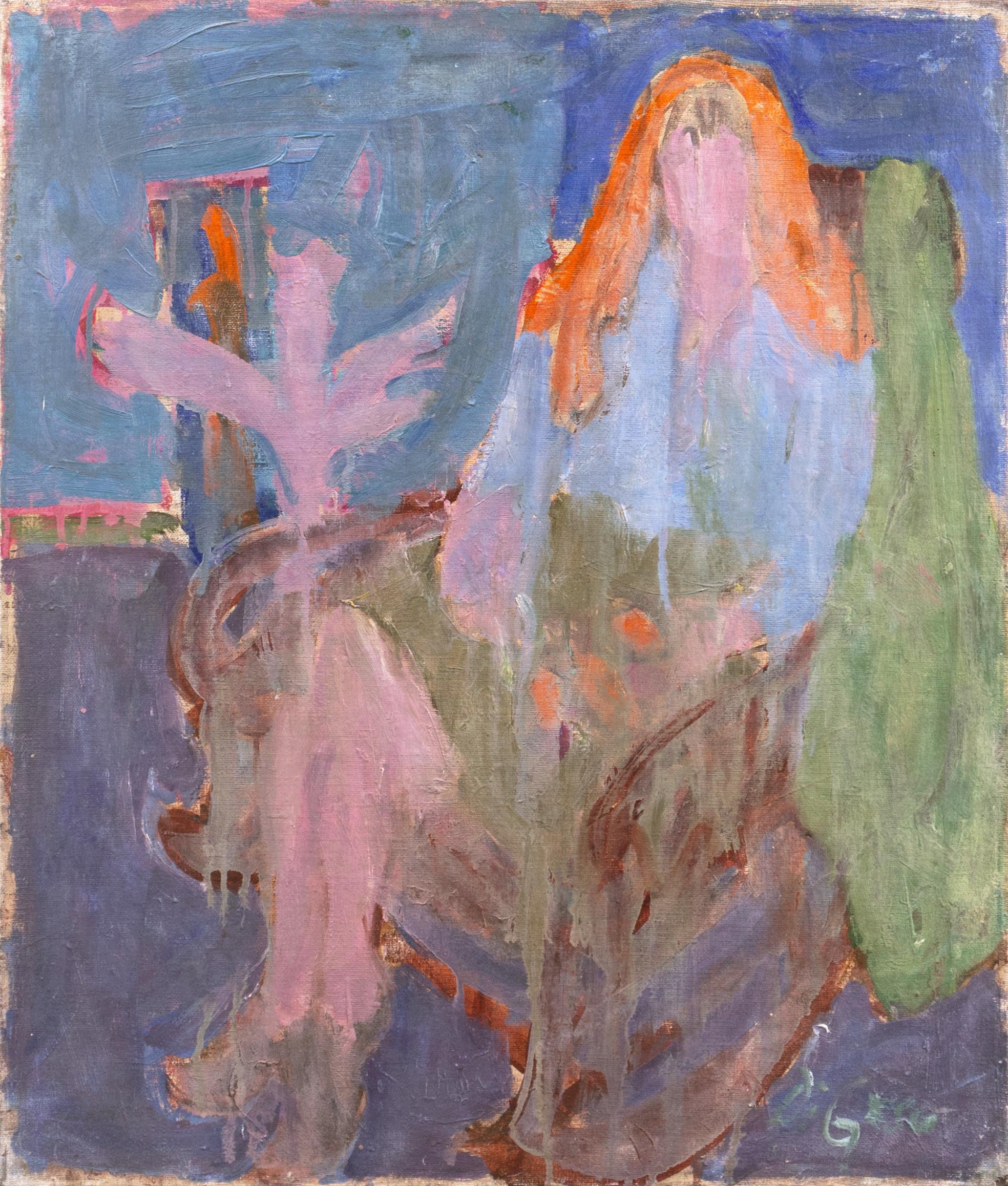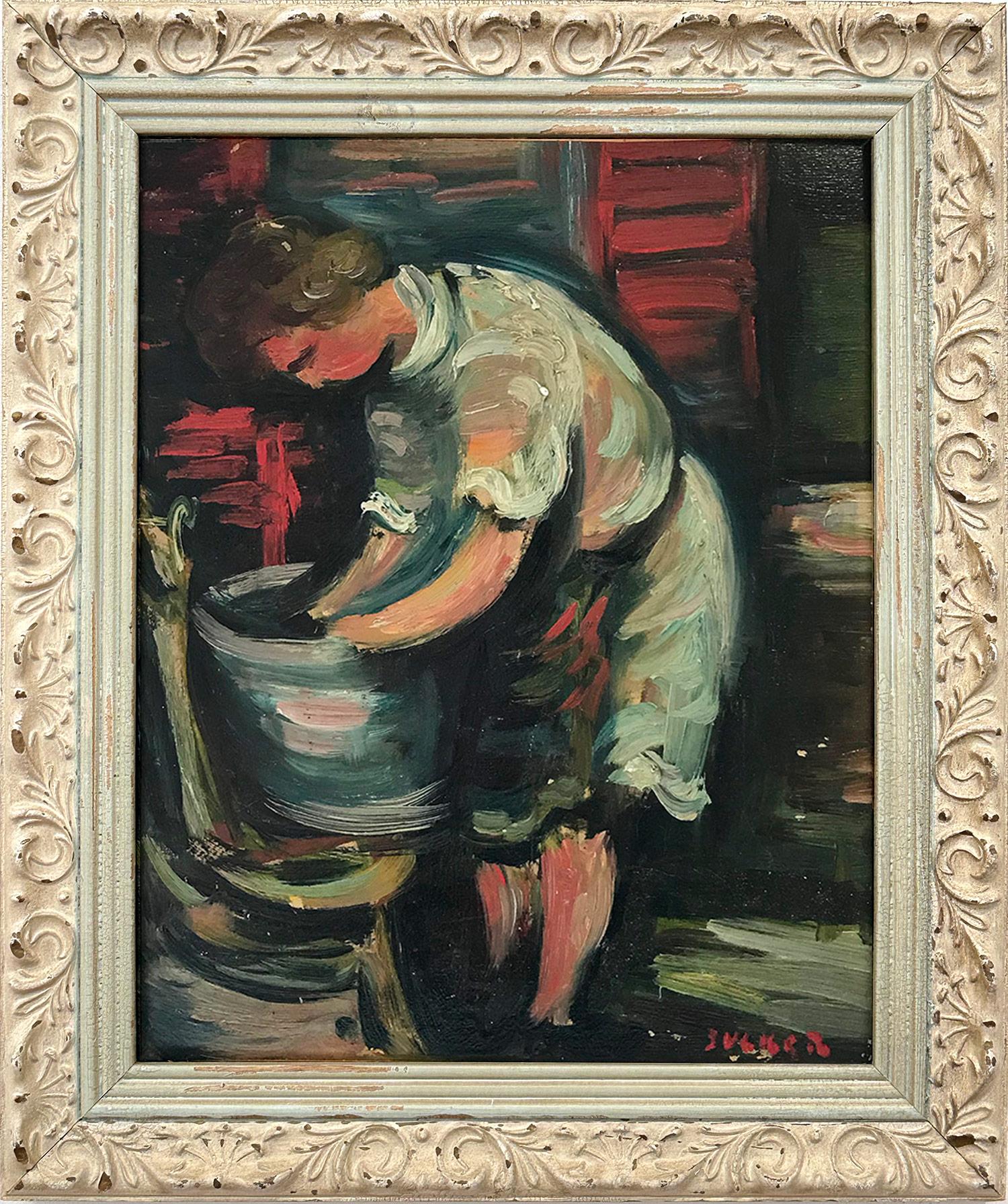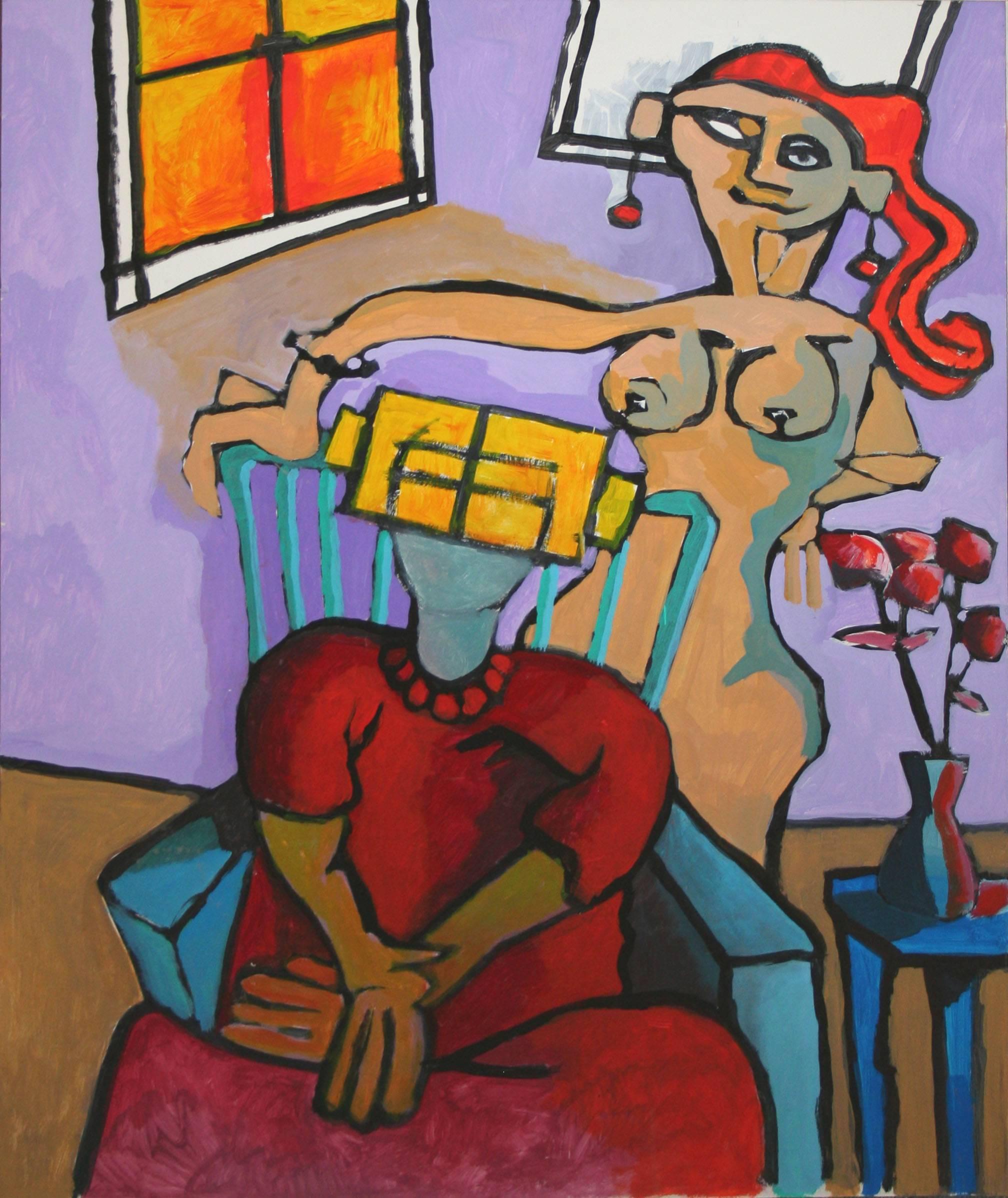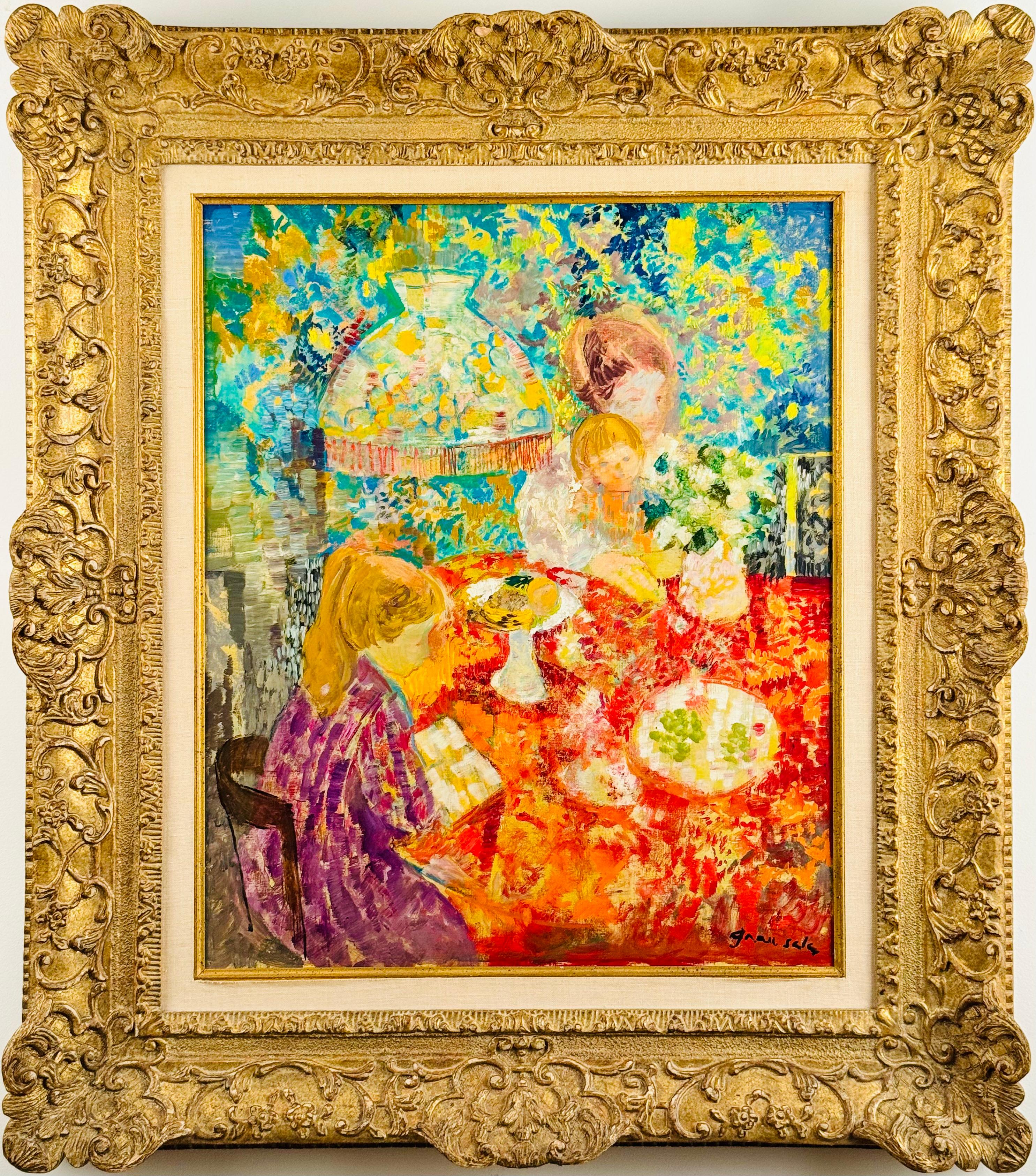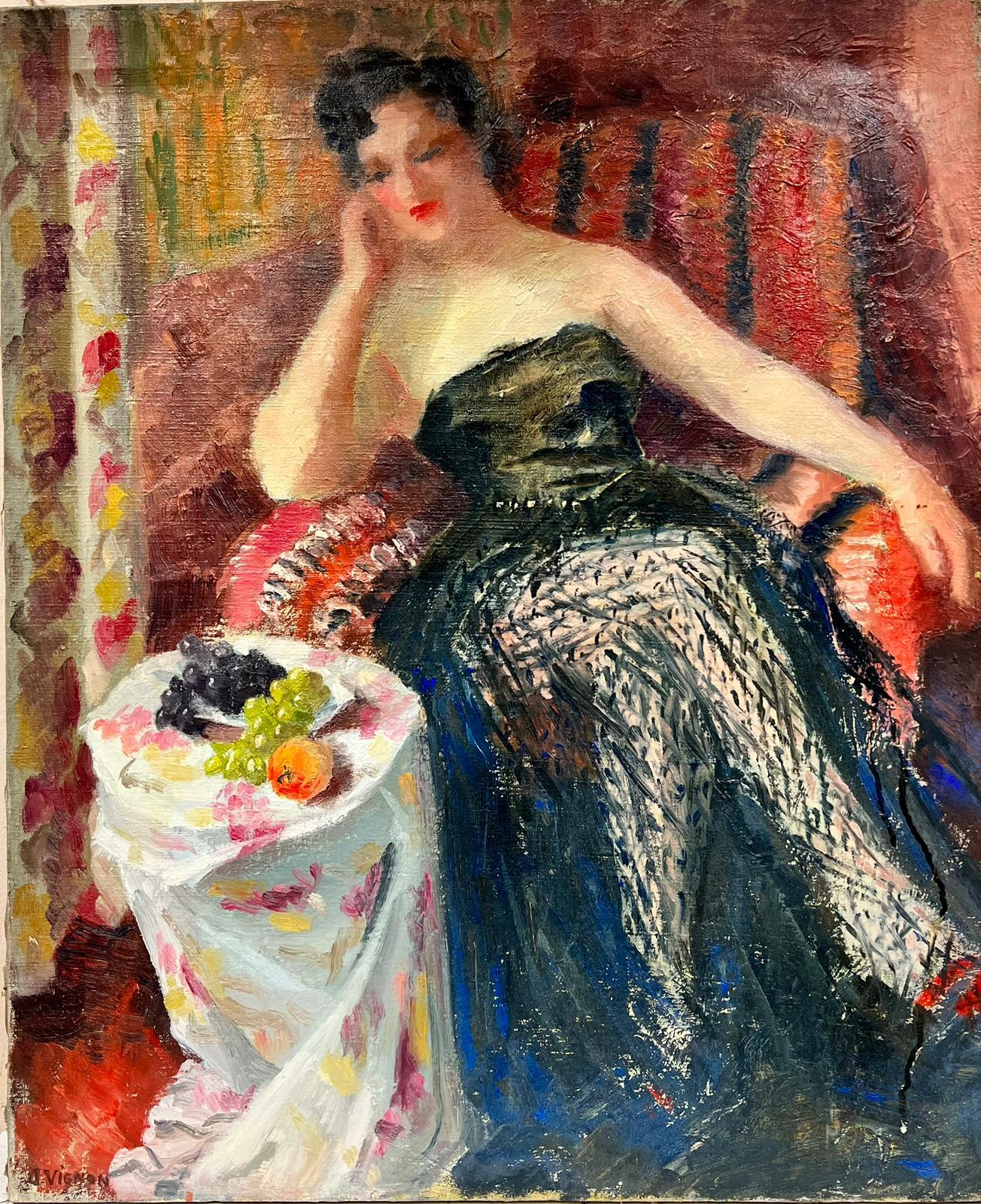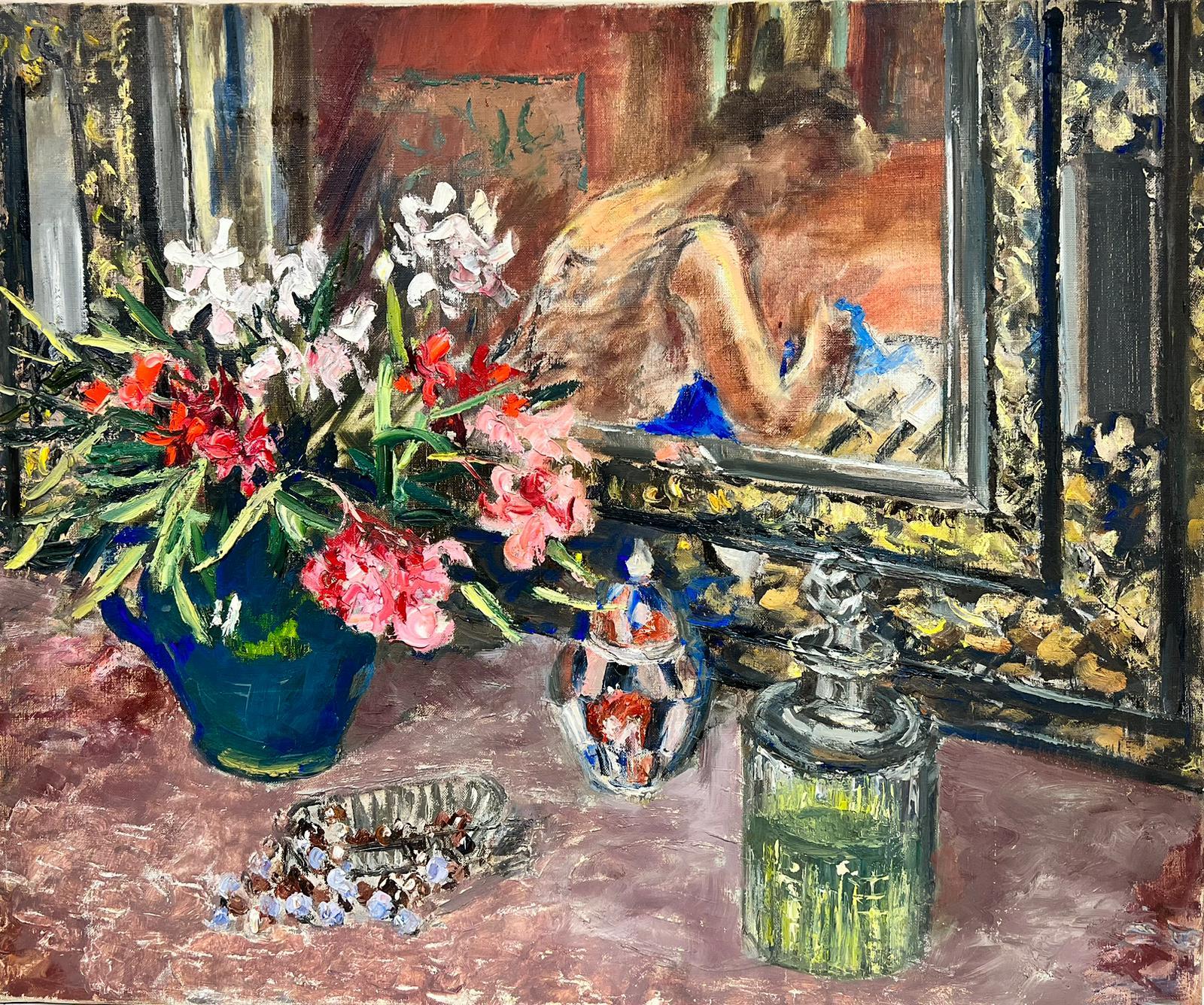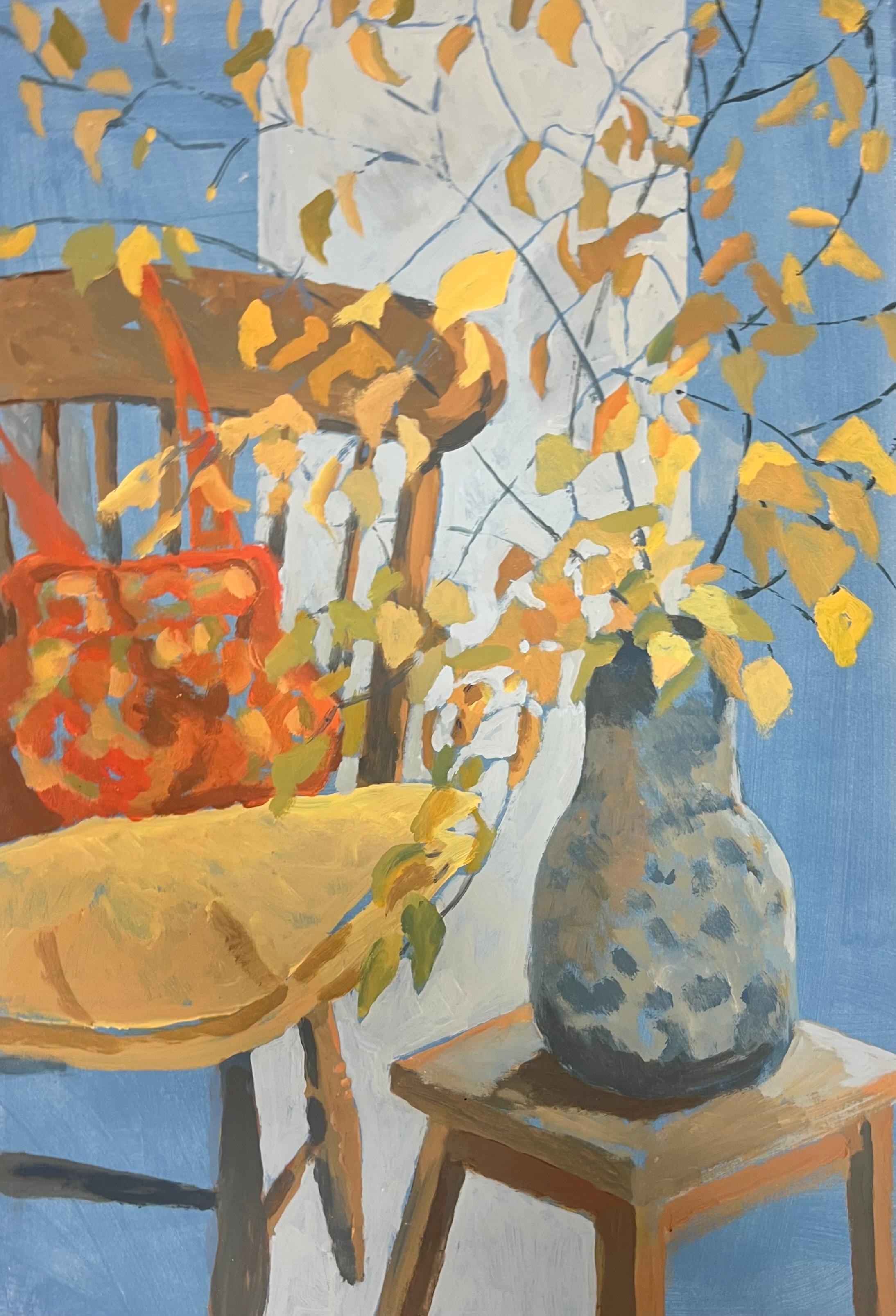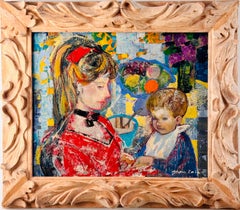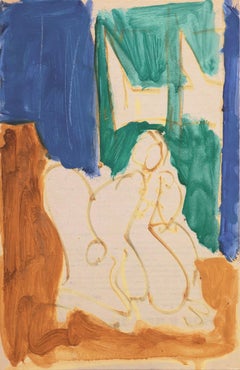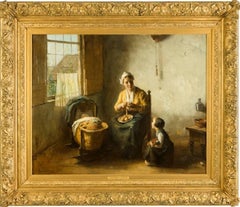
Mother and Child, A Genre Scene
View Similar Items
1 of 3
Bernard De HoogMother and Child, A Genre Scene
$38,595.38List Price
About the Item
- Creator:Bernard De Hoog (1866 - 1943, Dutch)
- Dimensions:Height: 44.89 in (114 cm)Width: 52.76 in (134 cm)
- Medium:
- Movement & Style:
- Period:
- Condition:
- Gallery Location:Lincoln, GB
- Reference Number:1stDibs: LU80512368463
Authenticity Guarantee
In the unlikely event there’s an issue with an item’s authenticity, contact us within 1 year for a full refund. DetailsMoney-Back Guarantee
If your item is not as described, is damaged in transit, or does not arrive, contact us within 7 days for a full refund. Details24-Hour Cancellation
You have a 24-hour grace period in which to reconsider your purchase, with no questions asked.Vetted Professional Sellers
Our world-class sellers must adhere to strict standards for service and quality, maintaining the integrity of our listings.Price-Match Guarantee
If you find that a seller listed the same item for a lower price elsewhere, we’ll match it.Trusted Global Delivery
Our best-in-class carrier network provides specialized shipping options worldwide, including custom delivery.You May Also Like
Interior con madre e hijo
By Emilio Grau Sala
Located in Madrid, ES
EMILIO GRAU SALA
Spanish, 1911 - 1975
INTERIOR CON MADRE E HIJO
signed "Grau Sala" (lower right)
oil on canvas
18-1/8 x 21-5/8 inches (46 x 55 cm.)
framed: 24-3/4 x 28-1/8 inches (63...
Category
1960s Post-Impressionist Figurative Paintings
Materials
Canvas, Oil
Portrait of a Family in an Interior - British 1950's art oil painting
By Charles Ernest Cundall
Located in London, GB
This interesting British Post Impressionist figurative interior oil painting is by noted artist Charles Cundall and entitled A Conversation Piece. Painted circa 1955 the composition is the interior of a living room with a couple and their two young children, cat and dog. It is full of fascinating details such as the display of porcelain figures in the wall unit, The wonky lampshade on the piano with lovely reflections in its metal base, the slightly shabby walls, the two inviting open doors to other rooms, the way the whole family are looking at the dog (of course!) as it eyes up the tray of tea. Perhaps the dog is in fact the conversation piece of the family and life revolves around him the way the painting does. Is it the artist's family? An excellent example of Cundall's work and life with a dog.
Signed lower right.
Provenance. Gallery label verso.
Condition. Oil on canvas, image size is 30 inches by 25 inches and in good condition.
Frame. Housed in a gallery frame, 39 inches by 34 inches framed and in good condition.
Charles Cundall (1890-1971) - painter, potter and stained glass artist, born in Stratford, Lancashire. After working as a designer for Pilkington's Pottery Company under Gordon Forsyth...
Category
1950s Post-Impressionist Interior Paintings
Materials
Oil
Woman and guitar oil on board painting fauvism
By Jordi Curos
Located in Barcelona, Barcelona
Jordi Curós Ventura (1930-2007) - Woman - Oil on board.
Work measurements 46x38 cm.
Frame size 64x56 cm.
Jordi Curós Ventura (Olot, Girona, March 4, 1930) is a Spanish painter.
He ...
Category
1980s Fauvist Figurative Paintings
Materials
Oil, Board
'Woman Seated', Paris, Louvre, Académies Chaumière, LACMA, SFAA
By Victor Di Gesu
Located in Santa Cruz, CA
Stamped, verso, with estate stamp for Victor Di Gesu (American, 1914-1988) and created circa 1950.
A loose study of a woman seated in a dress, resting her chin on her hand and recli...
Category
1950s Post-Impressionist Figurative Paintings
Materials
Paper, Oil
'Woman Wearing Mantilla', Paris, Louvre, Académie Chaumière, Carmel, California
By Victor Di Gesu
Located in Santa Cruz, CA
Signed lower right 'Di Gesu' for Victor di Gesu (American, 1914-1988) and painted circa 1958.
A substantial oil a young woman, (possibly Victor's wife, the artist, Janet Ament), sho...
Category
1950s Post-Impressionist Figurative Paintings
Materials
Canvas, Oil
"Laundry" Post-Impressionism French Oil Painting Interior Scene Figure on Board
By Jacques Zucker
Located in New York, NY
This painting depicts a whimsical portrait of a young lady washing her laundry in front of a house. This piece was most likely executed in the 1930's, as the colors are darker than Z...
Category
1960s Post-Impressionist Figurative Paintings
Materials
Oil, Board
Recently Viewed
View AllMore Ways To Browse
Dutch Painting Church Interior
Early Renaissance Art
Vintage Paris Prints
Black Musicians Photography
Plexi Light
Mourlot Picasso Print
Etching Library
Paris Opera
Mountain Photograph
Spanish 20th Century Prints
Vintage Car Art
Figurative Stone Sculpture
East Africa
Set Of Architectural Prints
Black And White Photos French
Text Based Art
Vintage African Photography
Blue Vintage Poster
